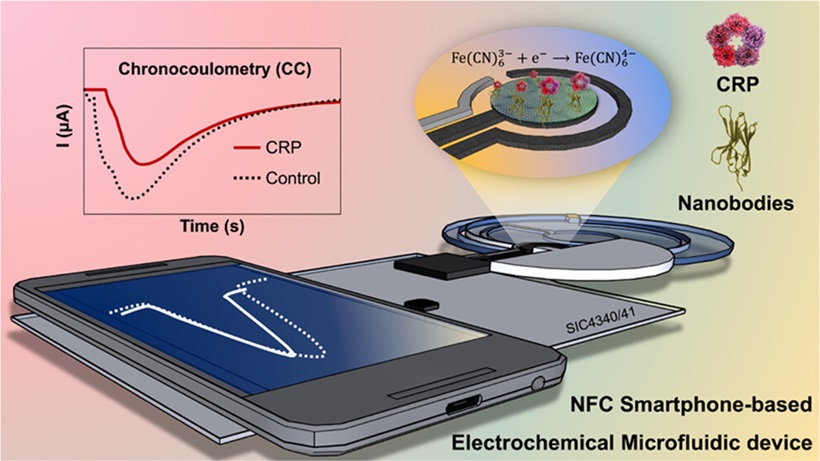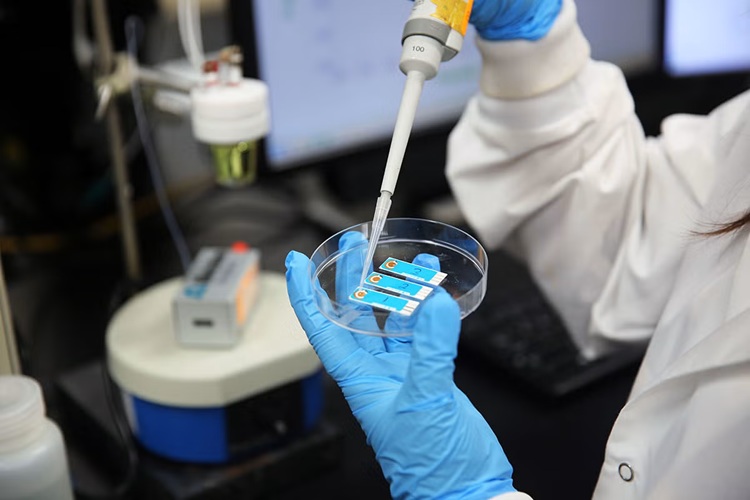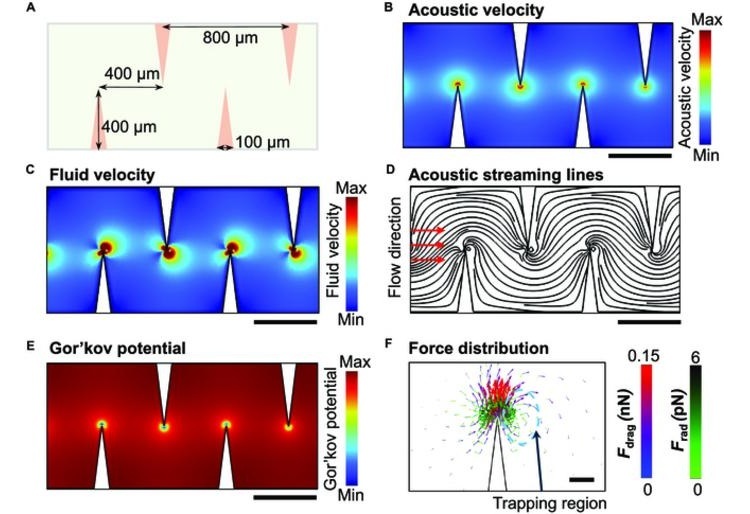POCT Device Monitors C-Reactive Protein Levels Associated with Inflammation in Real Time
Posted on 27 Aug 2024
Inflammation, a natural immune response, increases blood flow and improves cellular defense against diseases and infections. Rapid detection of inflammation is critical for effective treatment, creating the need for quick tests for inflammatory biomarkers like C-reactive protein (CRP). Produced in the liver, CRP is released into the bloodstream as part of the immune response and acts as a marker of inflammation and infection. It has been used historically to diagnose inflammation, but its broader potential as a biomarker for various diseases is a relatively recent development. Monitoring CRP levels can help diagnose severe conditions such as trauma, sepsis, ischemic necrosis, and malignancies. Although it is an acute phase reactant, tracking its levels over time is necessary to assess the effectiveness of treatments. Despite advancements in medical diagnostics, current methods to measure CRP levels lack the speed and immediacy needed for optimal care.
Now, researchers from the Institute of Physical Chemistry (ICHF) at the Polish Academy of Sciences (Warsaw, Poland) have developed a novel point-of-care device that measures CRP levels quickly and accurately, enhancing the speed and cost-effectiveness of analyses. This device, the size of a credit card, integrates electrochemical biosensors with near-field communication (NFC) technology within a microfluidic system. It requires only a small sample placed on a microfluidic plate with a tiny electrode. The sample moves through the device via capillary action, eliminating the need for external pumps and allowing automatic flow.

The device performs measurements electrochemically using a portable potentiostat. CRP detection occurs on specially designed electrodes within the microfluidic channels. These electrodes are coated with anti-CRP nanobodies—small antibody fragments that offer high specificity and stability under various conditions, making them ideal for detecting even low concentrations of antigens. The use of nanobodies enhances the sensitivity of the measurements, providing a balance between analytical accuracy and quick analysis times.
Results are displayed on Android smartphones, allowing real-time data collection and analysis. This biosensor captures and quantifies CRP as effectively as traditional, more expensive methods like ELISA tests. Offering greater sensitivity and stability, the device enables real-time measurements that greatly expand its utility in clinical settings. It provides a user-friendly, rapid, and affordable diagnostic tool that facilitates immediate treatment decisions, thus improving patient outcomes. This development marks a significant advance towards modern, personalized healthcare, allowing for quicker diagnoses and better monitoring of treatment efficacy.
“The proposed method was applied to the detection of CRP in whole human blood obtained from anonymous donors,” said Professor Martin Jönsson-Niedziółka who led the study. “The experimental results showed that the NFC-based system integrated with the flow-through microfluidic device can correctly quantify CRP in clinically relevant biological samples without the need for pretreatment procedures and could therefore be used for the assessment of inflammation, infections caused by bacteria or viruses, and monitor for increased risk of heart disease.”
Related Links:
ICHF









 Analyzer.jpg)



